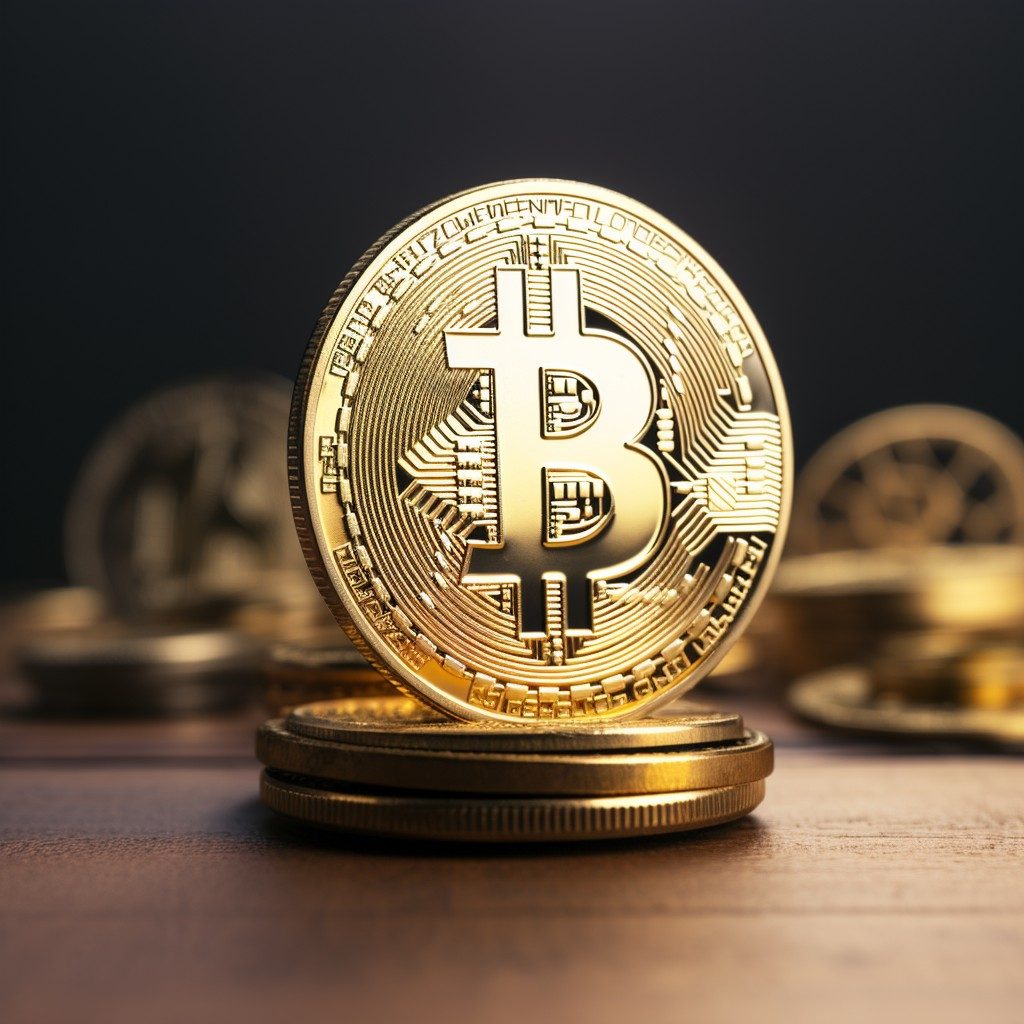As US President Joe Biden and Chinese President Xi Jinping prepare for a critical meeting in San Francisco, the stakes for US-China relations have never been higher.
Set against a geopolitical climate described as the most delicate in half a century, this summit presents what may be a final opportunity to mend a relationship that has been fraying at the edges, particularly since the Chinese spy balloon incident earlier this year.
Navigating a Fragile Geopolitical Terrain
The upcoming Biden-Xi summit, far more than a ceremonial gathering, is a crucial juncture for addressing multiple contentious issues straining US-China ties.
Top on the agenda are China’s posturing towards Taiwan, Beijing’s reaction to US tech export controls, and the critical matter of China’s role in the fentanyl crisis ravaging the United States.
These topics are not just bilateral issues; they have significant global implications, reflecting the deep complexities and far-reaching impacts of US-China relations.
Former White House official Evan Medeiros remarks that both nations are coming to terms with their long-term geopolitical rivalry, and this summit is about establishing the rules of engagement for this competition.
The dialogue is expected to explore areas of potential cooperation and contention, marking a strategic attempt to outline the boundaries of this new era of competition.
Economic Realities and Future Prospects
Underpinning the diplomatic dialogues is the undeniable reality of both nations’ economic agendas, which currently seem at odds.
China, grappling with economic challenges, seeks a respite to strengthen its technological innovation, hindered by American restrictions.
Meanwhile, the US is keen on demonstrating a sustainable model for managing competition with China, hoping to maintain this equilibrium through the 2024 US presidential election and beyond. However, opinions vary on the potential outcomes of this summit.
With analysts like Rana Foroohar and Martin Wolf expressing skepticism, particularly about the repercussions of a potential Donald Trump presidency, the path to reconciliation appears fraught with uncertainties.
The summit is also a platform for discussing collaborative possibilities on global issues like emerging market debt relief. Yet, skepticism remains, given China’s internal debt crisis and its commitments under the Belt and Road Initiative.
The fundamental economic divergence between the US and China, especially in their manufacturing strategies, adds another layer of complexity to these discussions.
As the US threatens tariffs to counter China’s dumping of cheap products, and Europe initiates investigations into Chinese exports, it’s clear that economic friction between these global powers is far from over.
The upcoming US-EU clean steel talks hint at potential collaborations in shared supply chains, yet they don’t address the underlying issue of China’s reliance on manufacturing exports.
While there may be a glimmer of hope to avert a military confrontation, the prospect of resolving the US-China economic imbalances seems distant.
The Apec meeting, therefore, is more than a diplomatic engagement; it’s a pivotal moment that could shape the trajectory of one of the world’s most consequential bilateral relationships.
As the world watches, the question remains: Can this meeting between Biden and Xi pave the way towards a more stable and cooperative US-China relationship, or are we witnessing the precursors to an intensified rivalry?
Only time will tell, but the implications of this summit will undoubtedly resonate far beyond the meeting room in San Francisco.





